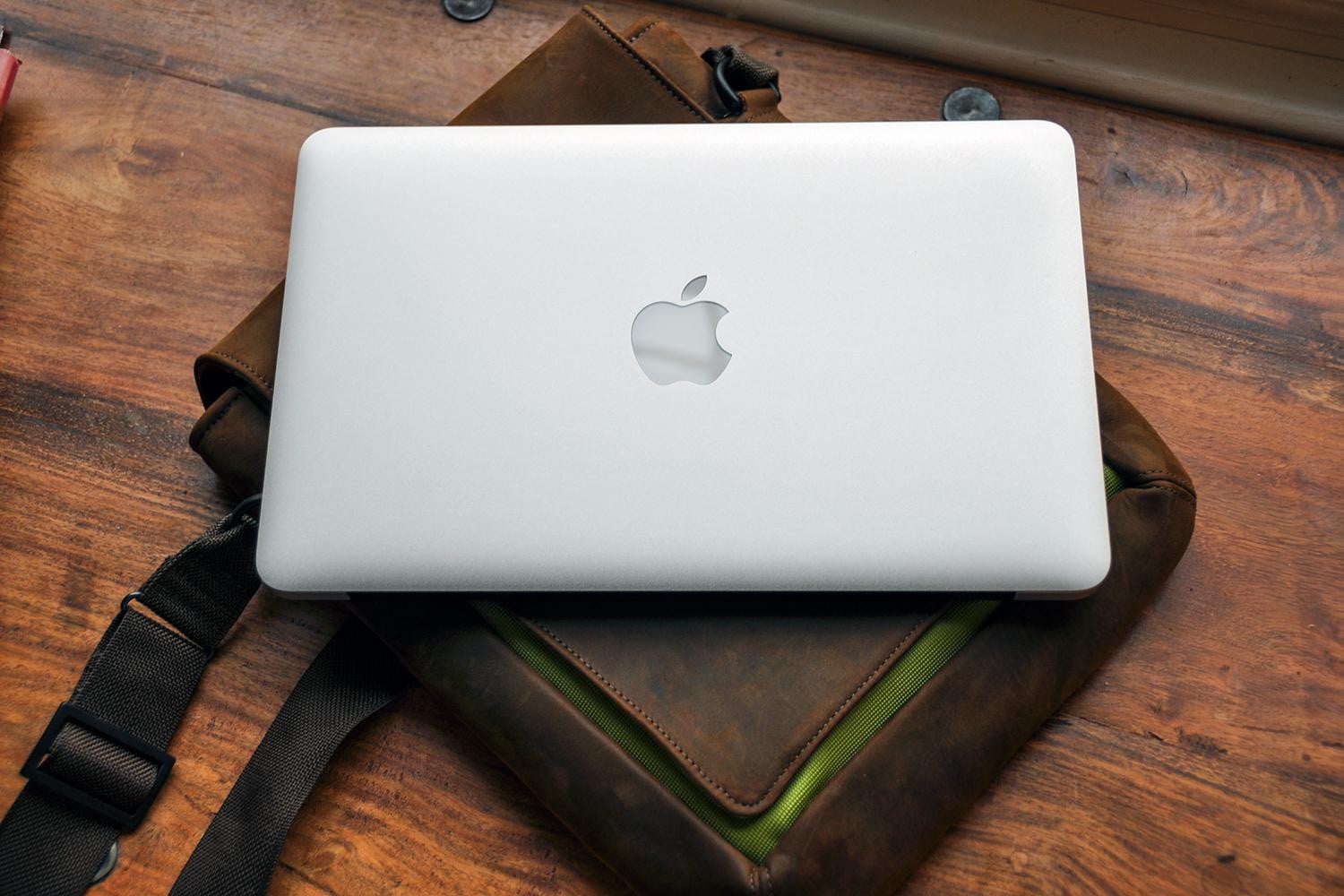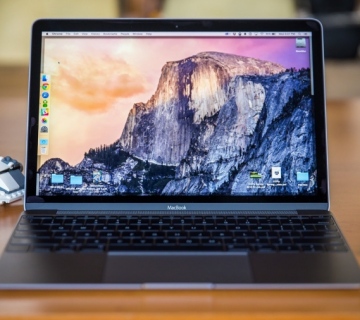If you intend to buy a used MacBook, MacBook Pro or MacBook Air. Try it first, to make sure it works properly.
Apple products are beautiful, fashionable and work pretty well. But it must be admitted, far too expensive for some scholarships. Even if Apple offers on the Apple Store some of its products “refurbished” (refurb) a little cheaper, another solution is offered to you: the purchase of the used product to an individual.
If the Macs that come out of the store are sold with a one-year warranty and a 90-day free repair service, you will definitely not have access to it with a second-hand product. One more reason to check a certain number of points, and make sure that the machine is working properly.
Buying a used computer can be a double-edged operation. There are some tips to follow to ensure the proper packaging of the product.
First, check that you can try the product, or at least that you have the option to get a refund if there is a problem. Check that the system installation DVDs are provided, especially in case the system was not sold with OS X Lion at the base. These discs contain a hardware test that should be run on any device you plan to buy. Above all, they understand the original version of the OS. To keep therefore in case of problem.
When making your purchase, make sure you have these products with you:
- a USB key (which includes an updated version of OS X)
- a hardware diagnostic tool like Drive Genius or TechTool Pro (which you can put on the USB stick)
- headphones or headphones
- an external microphone
- a DVD movie and an audio CD
Thanks to them, you will be able to verify that the systems are working properly, and possibly locate the problems. Here’s how to proceed:
1. Check the age of the device
If Apple devices are known for their endurance, be sure to buy the system you need. It must be said that they are all quite similar and quite difficult to differentiate: a 2009 device looks a lot like a 2011 device. Apple has several ways in place so you can identify your system:
- Identify a MacBook
- Identify a MacBook Pro
- Identify a MacBook Air
In general, it is better to avoid devices that are three years old or older, but these preferences are subjective, depend on the capabilities sought and the budget available.
2. A damaged Mac?
Check that the device is not damaged. Check that the screws are still present and screwed in securely. Otherwise, it could mean that the person has a little forced during a material change or other operation.
Some scratches are not a sign of poor general condition and are quite common on a Mac. Do not dwell on it. Check that the hull is not bent or damaged. The computer must be able to close and touch the edges.
Check that you can open it completely. Macs can stay open at any angle. If the screen does not hold and closes automatically, it is a sign of abuse by its former owner.
3. Is the computer booting?
Check that the system starts completely. You should hear the characteristic little noise when you press the “on” button. Normally, you should arrive at an installation screen. The installation time may vary, depending on the power of the system. If the OS is not present on the computer, you can load it directly from your USB stick or external hard drive (by pressing the Option button to select the boot disk).
4. Is the system protected by a password?
Apple’s systems are protected by a password. If this is enabled, the system will not be able to start in safe mode, as a single user, or other tasks if there is a problem. If on some devices the password can be canceled by modifying hardware elements (such as a memory module for example), the newer Apple devices are more complicated to modify. Check that the password is disabled before finalizing your purchase.
To see if the password is enabled, start the system and immediately press the Option key. If your screen displays a boot menu with the different disks available, then the password is not enabled. In the opposite case, you will be asked for a password with a padlock icon.
5. Check the screen
Open a word processor and check with the white color of the page that no pixel is dead on the screen. Be especially attentive to the edges and angles of the screen. An image editing program will allow you to check the RGB colors. If a pixel is dead, it appears darker and different from the rest of the image. On some screens, one or two dead pixels are not annoying and almost inevitable. When they become too numerous, it is a sign of a problem.
6. Check the keyboard
Now, always on a word processor document, make sure all keys on the keyboard are working. You can also launch the keyboard visual wizard to ensure that all keys (even those that do not contain characters, such as Option or Shift) work.
7. Check the touchpad
The touchpad should click correctly when you tap it. It must also be flexible and navigate smoothly on the screen. A damaged touchpad can slow down the gesture, click on an unwanted object or select several files.
These pavers are made of glass, and although they are quite difficult to break, this can happen. Check the edges and corners to make sure everything works perfectly.
8. Check the FireWire, USB and audio ports
Insert your external hard drives and / or USB sticks into the USB and FireWire ports. Make sure they are recognized by the machine and the system. Do the same for the headphones and the microphone to make sure they work well. Also check that they automatically switch from input mode to output mode and vice versa (you can check this in the preferences menu). Do not forget to also test the internal microphone.
9. Test the iSight camera
MacBooks come with an iSight camera at the top of the screen. You can check that it works by opening the Photo Booth application.
10. Test the disk drive
This is where your DVD and CD will be useful. Check that the disk drive reads them correctly. Also try if you can burn to a blank disc. You can use the Finder functions to burn data to the CD.
11. Check the condition of the battery
Check the battery status by going to System Information and selecting the Power tab. You will then see “battery status” with a number of cycles and a status. In general, Apple batteries can support between 300 and 1000 charge cycles. If a shorter cycle is generally better, this is not always the case. If the person used to keep the battery charged all the time, it will have a lower cycle but also a reduced capacity. The battery is undoubtedly one of the points that can prove to be the weakest on a used MacBook.
12. Disk errors
Launch Disk Utility to check for disk errors. Check its SMART status and take a look at the state of the disks. Are there any partitions? How are they distributed?
Unfortunately, hard disks can sometimes be damaged and not show signs of weakness. If you have access to it, you can use a program like Drive Genius or Tech Tool Pro. If you can not it is not a big deal: in the end, a hard drive can be easily replaced and there are models quite cheap.
13. System test
Even though the system may look good after all these tests, there may still be some problems. Apple incorporates a system test, either on the hard drive, night on one of the installation DVDs. This test is also downloadable on the Internet. It checks all components and even hardware (like RAM). Be careful though, the test can be very long.
If you encounter problems during these tests – ignore the machine or buy it knowingly. The best thing is to go elsewhere. There are some online stores like Tech.Trade who offer best quality refurbished Macbooks in great discounted price. You can check find your MacBook here at https://tech.trade/refurbished-macbooks.
In case of dead pixel or minor problem of hard disk, it is not very serious and you can launch in the purchase, all depends on your choice.
If all the tests have been passed successfully, then go ahead, while being sure that you have copies of the OS in case of a problem.



